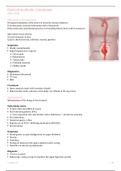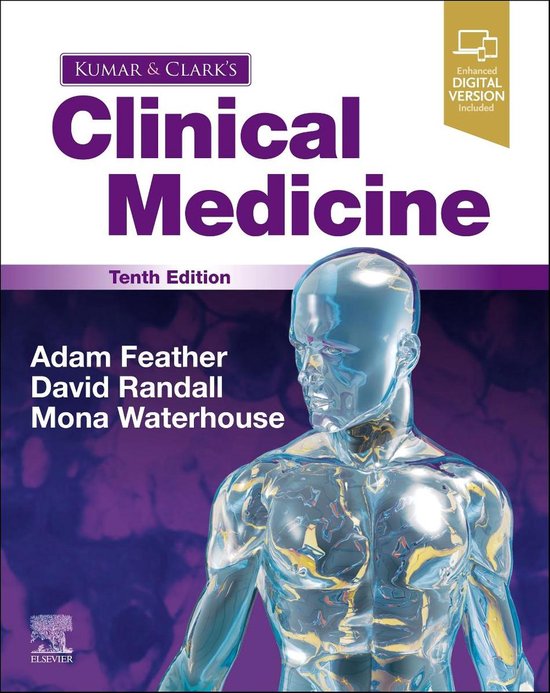Samenvatting
Samenvatting aandoeningen HNH-27806
- Instelling
- Wageningen University (WUR)
Samenvatting van alle aandoeningen te leren voor General Medicine HNH-27806 WUR. Informatie uit het boek Clinical Medicine van Cumar en Clarke over symptomen, diagnostiek en behandeling van alle aandoeningen op alfabetische volgorde. Ondersteund met vele afbeeldingen.
[Meer zien]





